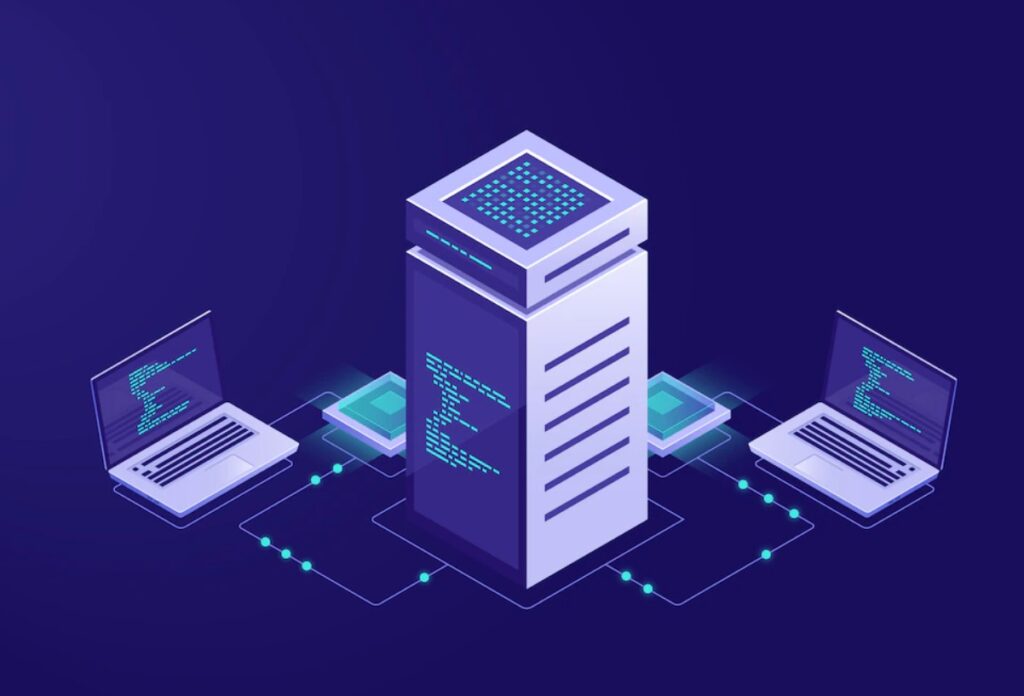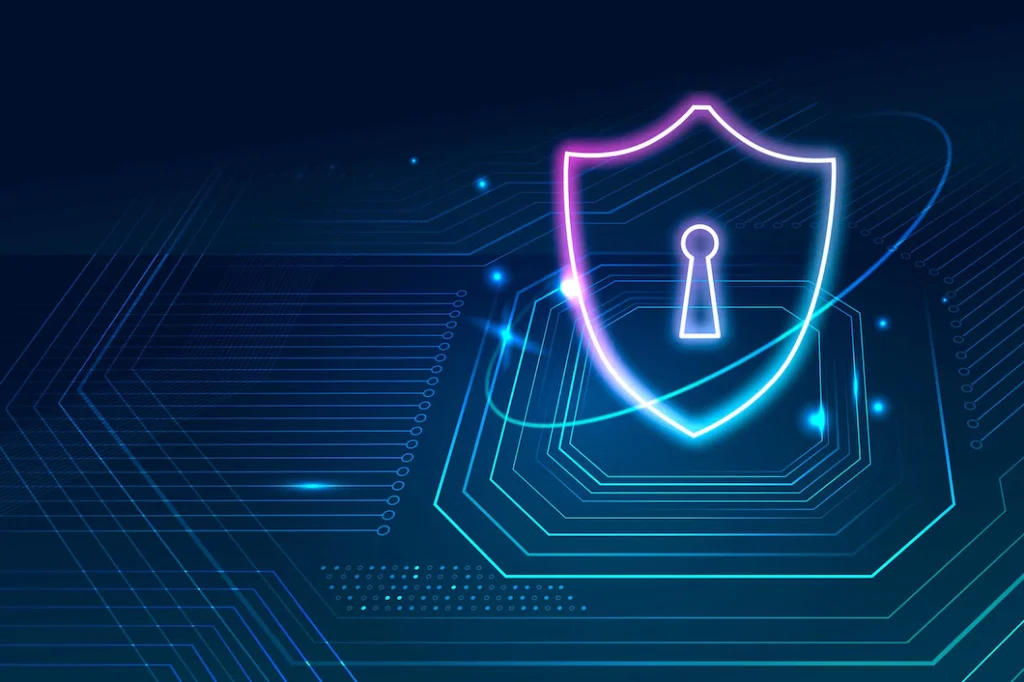Cyber-attack refers to obtaining illegal access, stealing data, or causing damage to computers, computer networks, or other computing systems. A single attacker or a small team can carry out an attack anywhere in the world, and they might use a variety of strategies (TTPs).
Kaseya Ransomware Attack
On July 2, 2023, news broke that US-based remote management software firm Kaseya had been the victim of a supply chain hack. The corporation disclosed that malicious actors might have exploited its VSA software to spread ransomware to the computers of the corporation’s customers.
The REvil cybercrime organization, based in Russia, was responsible for the attack. A managed service provider (MSP) whose clients used Kaseya software was liable for the breach, even though just 0.1% of Kaseya’s direct customers were affected. Press sources shortly after the attack stated that 800 to 1500 small and medium-sized businesses had been affected by REvil ransomware.

SolarWinds Supply Chain Attack
Identified in December 2020, a huge attack on the supply chain was detected. The Russian government-affiliated hacker organization APT 29 was responsible for the attack.
An upgrade for SolarWinds’ Orion software platform fell victim to the hack. Threat actors implanted malware later dubbed Sunburst or Solorigate malware into Orion’s upgrades during the attack. SolarWinds clients received the upgrades after they were released.
The SolarWinds attack compromised the networks of most Fortune 500 companies in the United States, the United States military, and many federal agencies (including those responsible for nuclear weapons and key infrastructure services).

Amazon DDoS Attack
A massive distributed denial of service (DDoS) attack occurred against Amazon Web Services (AWS) in February 2020. The corporation successfully defended a distributed denial of service (DDoS) assault at a rate of 2.3 Tbps (terabits per second).
The attack used 293.1 Mpps of packet forwarding and 694,201 rps of request rate. It was one of the largest distributed denials of service attacks ever recorded.

Microsoft Exchange Remote Code Execution Attack
Microsoft Exchange, a common business email system, was the target of a massive cyber attack in March of 2023. This attack took advantage of four unique zero-day vulnerabilities in Microsoft Exchange.
Malicious actors can access an Exchange Server system using forged, untrusted URLs and then exploit that system to store malware in an easily accessible location on the server.
This type of attack is known as Remote Code Execution (RCE) and can take over an entire server and access all of its data.
The attackers were able to steal valuable data, inject malware, and install backdoors on the vulnerable servers in a fashion that was difficult to detect. More than sixty thousand private enterprises and nine government institutions in the United States were impacted by the attacks.

Twitter Celebrities Attack
Three hackers broke into Twitter in July 2020 and hijacked several high-profile accounts. As was later revealed by Twitter, they employed social engineering assaults, specifically vishing, to acquire employee passwords and gain access to the company’s internal management systems (phone phishing).
Through the compromised accounts, the hackers were able to spread Bitcoin frauds that netted them over $100,000.
Cyber Attack Prevention:
1. Web Application Firewall (WAF)
A WAF monitors HTTP requests for signs of malicious activity to keep websites safe for use. It could be incoming traffic, such as a user trying to inject harmful code, or outgoing traffic, such as malware installed on a local server exchanging data with a C&C server.
Using a WAF can prevent many common vulnerabilities in online applications, even if the underlying program hasn’t been patched. It is a supplementary measure to intrusion detection systems (IDS) and firewalls, protecting against attacks on the application layer (layer 7 of the OSI network model).
It is a supplementary measure to intrusion detection systems (IDS) and firewalls, protecting against attacks on the application layer (layer 7 of the OSI network model).
2. Bot Protection
The majority of web traffic is generated by robots. Websites significantly increase load time and resource consumption due to bot activity. Some bots can be helpful (like the ones that index websites for search engines), but others can be harmful. DDoS attacks, content scraping, automated online application attacks, virus distribution, and more are all possible with the help of bots.
Genuine bots can carry out tasks like search indexing, testing, and performance monitoring while being shielded from malicious bots thanks to a bot security mechanism. It is achieved by monitoring for suspicious patterns of bot behavior and keeping track of a vast database of recognized bot sources.

3. Cloud security
Most businesses now use cloud services for IT management. Due to their extremely dynamic nature and operation outside of the corporate network, cloud services are especially susceptible to cyber assaults.
In the cloud, providers are in charge of protecting their infrastructure and providing customers with built-in safeguards to protect their data and applications. Many businesses rely on specialized cloud security solutions to secure the safety of their most valuable cloud assets.
4. Database security
Databases are a common target for cybercriminals due to the sensitive and crucial data they store. Hardening database servers, setting databases to allow access control and encryption, and monitoring for malicious activities are all necessary steps in securing databases.

5. API security
APIs are used in today’s data and service sharing apps. APIs are commonly used for internal system integration and are utilized more frequently to communicate with and collect data from external systems.
Generally, all APIs are vulnerable to assaults, but those accessible via the Internet are especially at risk. APIs are vulnerable to attacks since they are well-documented and follow a predictable pattern. There is a widespread lack of API security, which leaves them vulnerable to attacks like cross-site scripting (XSS), SQL injection, and man-in-the-middle (MitM).
To prevent injection attacks, sanitizing user inputs and using strong multi-factor authentication (MFA) are necessary steps in API security. Encrypting data in transit and enforcing strong MFA is also important. When implemented centrally, API solutions can assist enforce these security measures for APIs.
6. Threat intelligence
Many of today’s security tools rely on threat intelligence, which operates in the background. Security personnel also make direct use of it while looking into events. Threat intelligence databases provide organized data about cybercriminals, their methods of attack, and the holes in the security of various systems.
When a company implements a threat intelligence system, it can swiftly identify attacks, learn about the attacker’s motive and methodology, and devise a plan to counteract the danger.

7. DDOS protection
If a network or server uses a DDoS protection system, it will be safe against assaults that disable the service. It is accomplished through the use of enterprise-owned or cloud-hosted dedicated networking hardware. Due to their scalability, only cloud-based systems can withstand DDoS attacks of this magnitude, involving millions of bots.
To identify a DDoS assault pattern and differentiate between normal and malicious traffic, a DDoS defense system or service must constantly monitor network traffic. As soon as it recognizes an attack, it begins a process known as “scrubbing,” which examines all incoming data packets and discards any that appear harmful before they can reach the intended server or network.
Concurrently, it directs legitimate traffic to the intended system to prevent malfunctions.
8. Ensure Endpoint Protection
Endpoint protection can safeguard Remotely tethered networks: connected smartphones, tablets, and computers in the workplace open new entry points for cybercriminals. Particular endpoint security software is required to safeguard these channels.

9. Software program
Software like tripwire may detect unauthorized changes to critical system files. Most intruder hackers will make changes when they set up backdoor entry points or modify file systems and directory features; therefore, tripwires can be used as evidence of computer crimes.
10. Configuration
Software designed to identify vulnerable systems is a configuration-checking or vulnerability assessment tool. While configuration-checking tools are most useful for preventing cybercrime, they can also be employed as a monitoring device to collect evidence of such offenses.











